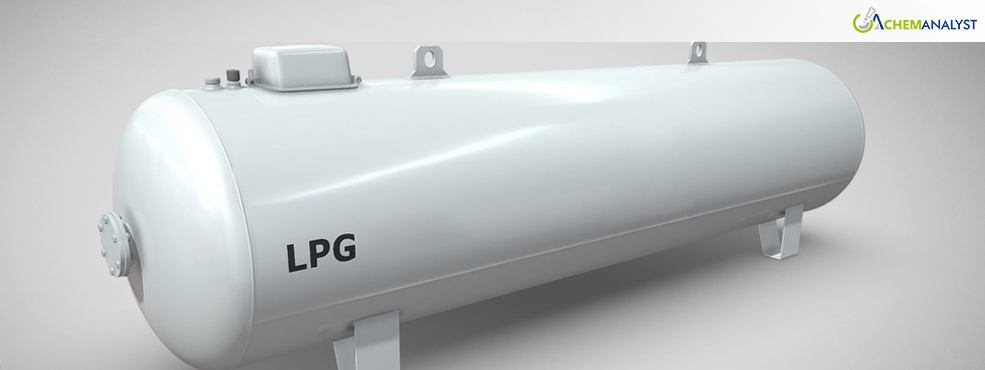US LPG Prices Might Fall Owing to Aramco’s Price Reduction of Propane and Butane
- 09-Jan-2025 9:00 PM
- Journalist: Francis Stokes
The US Liquid Propane Gas (LPG) market experienced a surprising decline in prices during December 2024, despite robust demand from the blending fuels sector. This trend is expected to stay for the first month of the year as well.
Key takeaways:
-
LNG price declines primarily driven by oversupply, despite strong demand for its upstream propane and butane.
-
Discounts in domestic markets were majorly due to highly profitable export market that incentivized traders to prioritize exports.
According to our analysts, the industry might experience a decline in LPG prices in January 2025. This trend is majorly fuelled by Saudi Aramco’s recent announcement of reducing selling prices of propane and butane, LPG’s upstream. This might drive down LPG prices in the states in January 2024.
However, these prices could also experience an upward trajectory due to the recent Rhode Island Superior Court judgment has banning the bulk storage of liquid propane gas (LPG) in Providence.
In last December, the decline in LPG prices was not attributed to the low demand, but due to the oversupply which surpassed its demand for propane and butane. This surplus and the surge in exports led to a build-up of inventories.
Additionally, the US propane production reached record high during the year, by far exceeding its domestic consumption levels. As per the Energy Information Administration (EIA) data, the US export of Propane levels surged from 1611 thousand barrels per day to 1719 thousand barrels per day during December 2024. These factors influenced LPG prices to slump in December.
According to the US EIA data, US Gulf Coast propane inventories have been on an upward trend which was attributed to a surge in the global supply of feedstock. Propane/propylene inventories exceeded the five-year average for this time of year by 9%, while total commercial petroleum inventories increased by 5.0 million barrels during December, indicating a significant build-up of supply.
This oversupply situation was further exacerbated by a narrowing of the price arbitrage between US propane prices and the Argus Far East Index (AFEI), a key benchmark for Asian LPG prices. This narrowing reduced the profitability of exports, incentivizing traders to maintain competitiveness by offering discounts in the domestic market of LPG despite rising freight costs due to the potential for labor strikes at US ports.
Nevertheless, the US LPG production surged in 2024, driven by increased natural gas drilling activity. This surge, coupled with the commissioning of new export terminals, significantly boosted export capacity. US export terminals in Houston, Nederland, and Freeport, Texas, have run at or above capacity for the last two years largely from propane dehydrogenation (PDH) plant operators in China.



